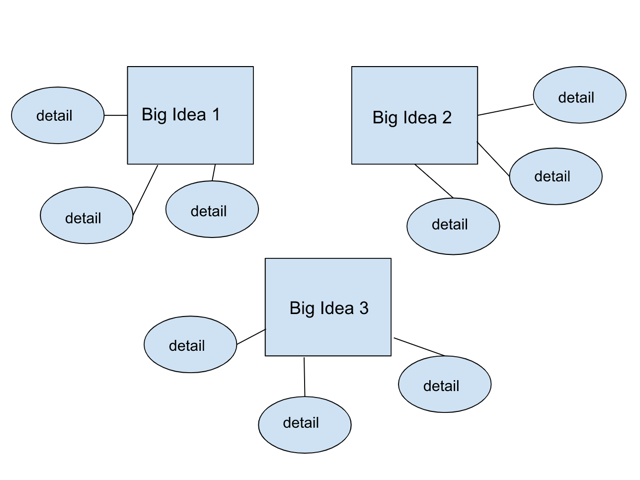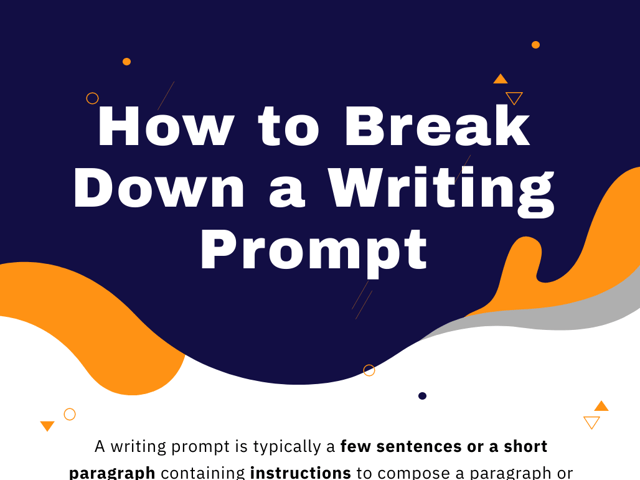
Tone and Key Words for Persuasive and Expository Writing
The STAAR® test, like many assessments, includes a writing component. When faced with a writing task, it is important to consider the subject, audience, and purpose of the task, then choose words accordingly. While the subject, or what you’re asked to write about, may vary widely, the audience is usually consistent. You are writing for a group of educated readers who, in the case of an assessment test, will be evaluating the content of your response and the conventions you use to convey your ideas. The purpose will likely be to persuade (persuasive) or explain (expository) an idea or position to your audience. In doing so, it’s critical that you think about tone and the use of key words both in the prompt and in your response.
Begin with the Prompt
The writing prompt will define your purpose for writing. It will explain whether your response should be written as an expository text or a persuasive text. The purpose may not be stated as clearly as this, however. You may need to read the prompt carefully to extract the purpose.
An Explanatory Purpose
Prompts that ask you to “explain” something (e.g., “explain how the increased use of chemical pesticides affects the population of honeybees”; “explain how a school should implement a new policy”; and “discuss the possible ways to reduce waste in your neighborhood”) require a clear, explanatory tone. This is not the time to convince or persuade your reader, but to lay out the facts and evidence and explain or communicate your ideas about the topic to the reader. Examples and evidence should be rational, reasonable, and appropriate and the tone should be matter of fact and informational.
A Persuasive Purpose
Prompts for persuasive writing, however, will require you to not only explain a concept to your reader, but to also convince them to interpret the facts the same way you do and agree with your position. Examples of prompts you might see are:
“Explain the degree to which you agree or disagree with this statement: [given statement]”
“Convince the school board to do away with mandatory homework policies.”
“What should the minimum driving age be and why?”
This type of prompt requires assuming that not everyone will agree with your stance and determining how to convince them otherwise. The tone of a persuasive response should be persuasive.
You might choose to strike a serious tone, warning the reader of the danger of not approaching a particular problem in the way you see as best. It might work best to infuse some optimism or hope to tap into that “we’re all in this together” spirit of community, especially if you are writing about bringing about any sort of change. But the tone you select should work to convince your audience to see the issue the same way you do and agree with your interpretation or stance.
Using Key Words
In both types of responses, it is important to consider the key words that are used in the prompt to make sure that your response does everything it is expected to do. Begin planning your response to the prompt by first looking for the key words. Verbs (write, explain, discuss) tell you what to do, but the prompt will also include clues about how to do it (e.g., “use specific reasons and examples”; “support your answer with appropriate evidence”; and “explain your answer”). Look for those key words as you plan your response. And if the prompt references specific vocabulary terms or key ideas, try to use those in your response as well.
Using Transitional Words
Also critical in your response is the effective use of transitional words. Transitions help guide your reader through the text to ensure they don’t get “lost” along the way or come to a different conclusion than the one you intend.
One common approach to transitions is to use them to point out the progression of your evidence (e.g., First, Second, Third), but you can also use transitions to indicate the relationship between ideas you are presenting within the text. Words like although, however, consequently, etc. help to express relationships between ideas in a text and will also show your assessors that you have high-level language skills and a mastery of using language to either explain or persuade effectively.
In Conclusion
Overall, the style of your response on an assessment exam should be formal and educated. Although there may be an opportunity to inject some humor into your response, you will be most successful if you can ensure that the reader respects your response as a well-thought-out, deeply considered reaction to the prompt. Using key words from the prompt or any accompanying text also shows that you have carefully considered the materials you were given and can incorporate them effectively into your response.
Keep Reading

STAAR test Blog
What Is Covered on the STAAR® Algebra I Test?
The State of Texas Assessment of Academic Readiness® (STAAR) program co…

STAAR test Blog
How to Outline Quickly before Writing
The following strategies can be used in regular classroom writing assig…

STAAR test Blog
How to Break Down a Writing Prompt
Writing prompts and essay questions often have a reputation for being d…